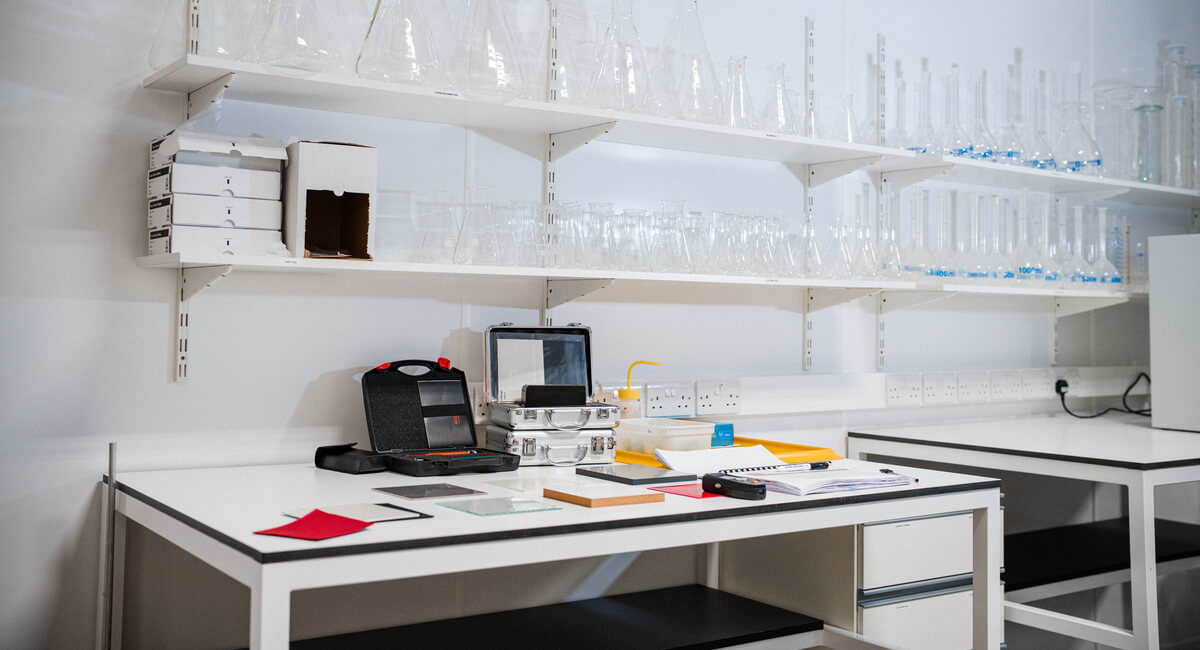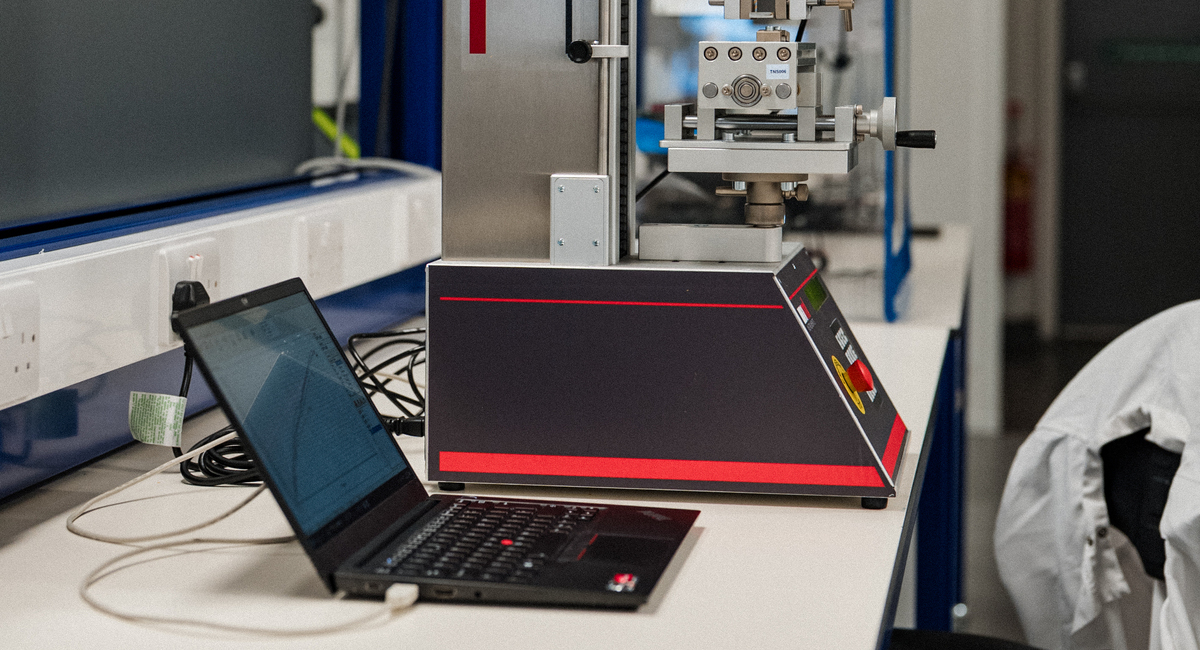How to Use Design Controls as a Business Model
Article Summary
A practical breakdown of Design Controls: what they are, why they matter, and how to apply them effectively across medical device development process.Article Contents
Intro
Design Controls are a critical foundation for successful medical device development. The purpose of this article is to share my knowledge and experience of working with Design Controls.
The use of Design Controls to plan, manage and document the design and development of medical devices is a Regulatory requirement for most types of medical device (see FDA regulations https://www.ecfr.gov/current/title-21, BS EN ISO 13485:2016, the Medical Device Regulations (https://eur-lex.europa.eu/eli/reg/2017/745/oj/eng), the IVDR (https://eur-lex.europa.eu/eli/reg/2017/746/oj/eng) and country-specific rules.
It has been my experience over the past 23 years within the medical devices industry that there is often a lot of confusion over how to do Design Control effectively. This particularly applies to staff that don’t work within QA/RA or R&D. I have seen staff get the terminology mixed up, such as misunderstanding the differences between design verification and design validation.
I was formally taught how to do Design Control in 2003 by the Center for Professional Advancement and have since had refresher training. This training course explained that Design Controls are actually a business model, and when done correctly this makes the entire process of New Product Development of medical devices very easy to follow.

How to Align Leadership and Manufacturing in Medical Device Design
The correct application of Design Control requires buy-in from top management of the medical devices company in order to work well, to be properly funded and done in the right order. I strongly recommend documented training of top management in an overview of Design Controls by an appropriately qualified individual. It is not necessary for top management to understand everything in detail, however the use of training aids such as Design Control process flow charts to ensure they understand the concepts is highly beneficial to the company as a whole. This is also something that auditors, particularly FDA, may look at.
Creation of the project team must include representatives from a range of business functions such as R&D/ NPD, Quality Assurance, Quality Control, Regulatory Affairs, Manufacturing, Business Development and Supply Chain/ Procurement. It is very good practice to include manufacturing operators who will be expected to make the device. They are best placed to know what is actually possible and avoids the risks of designing a device without considering the practicalities of manufacturability. I have seen impressive designs and prototypes in the past created by the R&D engineers that are actually extremely difficult and costly to make within the manufacturing environment. This is a waste of time and money.
Risk Management
Design Control is actually all about understanding and managing risk. This is why it is recommended to begin Design Control by creation of the risk management file, in accordance with BS EN ISO 14971: 2019 and any other standards relevant to the type of device, including the use of software and AI. This standard and associated guidance provides a checklist of what to consider and helps the project team to create User Requirements and Design Inputs at the beginning of the design and development cycle. Documented information from the end users and customers of the proposed device must be included alongside.
It is recommended to look at the history of similar devices by checking in-house files, including review of post-market surveillance, complaints and CAPAs, and to obtain competitor devices where possible for direct comparison and analysis of test data. This provides a clearer understanding of the device risks and helps the manufacturer to make improvements to existing devices on the market, with the ability to generate comparative test data as the basis for sales and marketing claims.

Regulatory Strategy
It is very important to develop the Regulatory Strategy for the chosen markets at the beginning of the project, to avoid any surprises and unexpected launch delays and costs.
Traceability Matrices
It is very good practice to use a traceability matrix to help with tracking execution of the Design Plan. This matrix should refer to the source of the design requirements and list the measurable Design Inputs developed from the design requirements and user needs. As the project progresses, the Design Outputs should be listed alongside the Design Inputs as they are generated, with Design Reviews held at planned intervals to compare progress against the Design Plan by the project team. Decisions can then be taken based on the data evidence as to whether the project should be progressed to the next stage, parked or cancelled. Revision control of the matrix and associated documents it makes reference to is essential to ensure a clear understanding of progress. It may be necessary to amend the Design Inputs as more information is discovered. Such amendments must be documented and justified with the design files.
Design Verification and Validation
The traceability matrix should include Design Verification (do the Outputs meet the Inputs?) and Design Validation (does the device meet the design requirements, performance and intended use in a safe manner when used in a real-world situation outside the control of the manufacturer?). It must include document references for all studies performed to demonstrate the work has been done.
Effective use of project management at all stages helps to ensure that unexpected issues are all communicated in a timely manner and the devices can be launched successfully.
Quality Management System
Ensuring that all Design Control requirements are embedded into the company’s Quality Management System so that the right people are involved, training is given, Design Reviews are planned and stage gate reviews are completed in accordance with the Design Plan makes the overall cycle easier.
All changes to the device design must be documented and justified. Up until the point of design freeze and Design Transfer to manufacturing from R&D, use of the Design History File, or DHF (as described by FDA) is an excellent way of tracking everything, even if there is no immediate plan to launch the device into the USA. The DHF serves as a comprehensive record of design decisions and evidence, making audits and future changes more manageable. The DHF can also be used for creation of the Technical Files or Design Dossiers for UK and EU markets. Following design freeze and transfer to manufacturing, further changes to the device design should be captured using the company’s Change Control system. It is highly recommended to capture as many changes as possible before design freeze, recording them within the design files.
Clinical Evaluations
Clinical evaluations can be included in the DHF. They are required by the MDR, including legacy devices that may have been on the market for a long time. However, it is necessary as it captures changes to the State of the Art since the devices were first launched. It may also help to identify any accumulation of changes to the device or its manufacturing process over time that could affect device performance and safety.
Launch and Post-Launch
Plans by the Sales and Marketing department for product launches should be referenced within the DHF, and examples of labelling and sales literature included, reviewed and approved.
Finances
A detailed, tracked budget to accompany the project plan that highlights expensive items such as Notified Body costs, biological safety tests and clinical trials is essential. Managing expectations is key. Effective use of project management at all stages helps to ensure that unexpected issues are all communicated in a timely manner and the devices can be launched successfully. Taking shortcuts to increase speed to market is not advised.
Mastering Design Controls delivers benefits across quality, efficiency and patient safety.
References
- Code of Federal Regulations Title 21 Chapter I Subchapter H: Medical Devices
- BS EN ISO 14971:2019+A11:2021 Application of risk management to medical devices
- BS EN ISO 13485:2016+A11:2021 Medical devices. Quality Management Systems. Requirements for regulatory purposes
- Regulation (EU) 2017/745 of the European Parliament and of the Council of 5 April 2017 on medical devices (MDR)
- Regulation (EU) 2017/746 of the European Parliament and of the Council of 5 April 2017 on in vitro diagnostic medical devices (IVDR)
Disclaimer. The views and opinions expressed in this article are solely those of the author and do not necessarily reflect the official policy or position of Test Labs Limited. The content provided is for informational purposes only and is not intended to constitute legal or professional advice. Test Labs assumes no responsibility for any errors or omissions in the content of this article, nor for any actions taken in reliance thereon.
Get It Done, With Certainty.
Contact us about your testing requirements, we aim to respond the same day.
Get resources & industry updates direct to your inbox
We’ll email you 1-2 times a week at the maximum and never share your information
